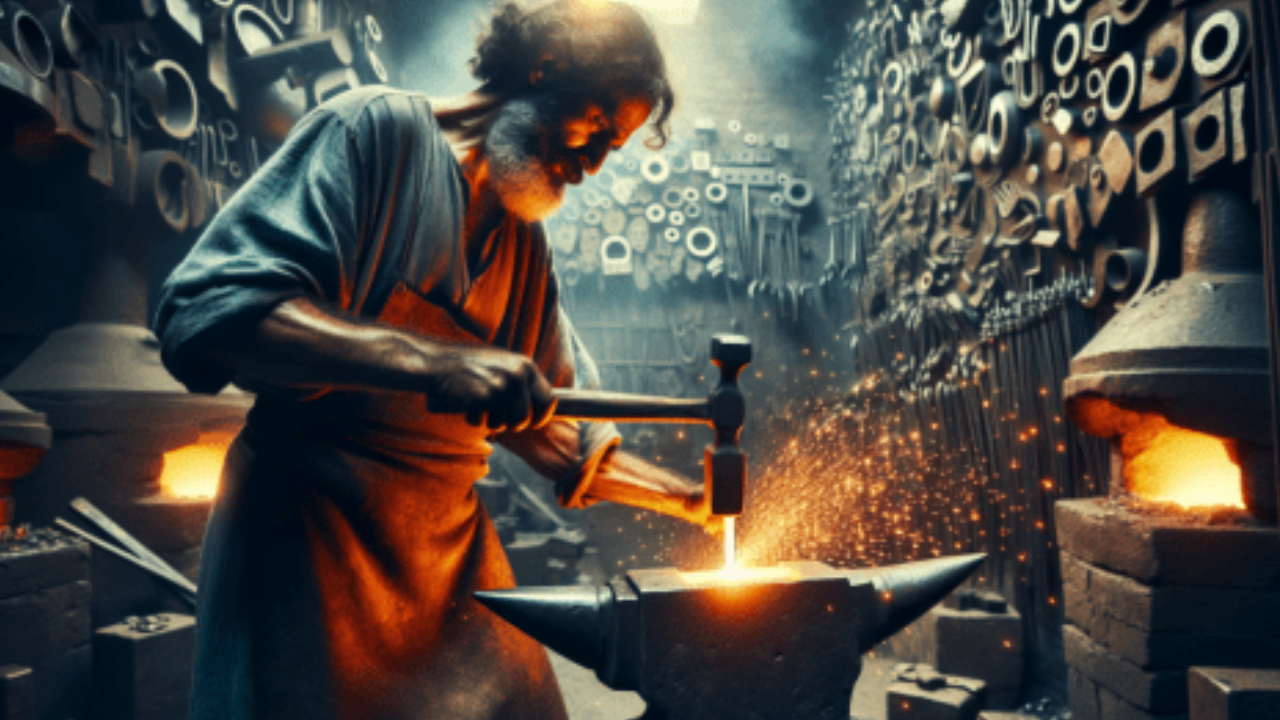Harriet loves to share technology and general things with the world. With a background in computer science, she is always on the lookout for new and innovative ways to improve people's lives. She has also been known to share her opinion on the latest episode of Game of Thrones.

Cold forging is a steelworking method that makes use of high pressure to shape metal at room temperature. Using work hardening, this method improves the material’s mechanical characteristics. Furthermore, cold forging improves the steel’s ordinary durability and fatigue resistance by using refining the grain structure. Due to the method’s excessive precision, components with tight tolerances and super surface finishes can be produced, which is crucial for packages desiring smooth surfaces and excessive accuracy.
For the reason that cold forging makes use of less electricity and less material waste than warm forging, it’s also extra low-budget and environmentally beneficial. A crucial production manner that offers a mixture of efficacy, electricity, affordability, and sustainability is cold forging steel. Those benefits make cold forging a popular method for creating reliable, amazing steel additives in sectors that include medical devices, airplanes, and automobiles.
Cold Forging Affects the Properties Of Steel
The effects of cold forging on steel properties are profound, improving its mechanical attributes, microstructure, and normal fine. Here’s a complete take adequate at how cold forging influences the residences of steel:
Increased Strength and Hardness
One of the most wonderful consequences of cold forging on steel is the great boom in its power and hardness. This development is in general because of work hardening (or strain hardening), a phenomenon that takes place whilst steel is deformed plastically at temperatures beneath its recrystallization factor. The dislocation density inside the steel’s crystal shape will increase, making it extra proof against similar deformation. Steel becomes stronger and tougher as a result, increasing its ability to withstand mechanical pressures and wear.
Enhanced Resistance to Fatigue
Cold forging complements the fatigue resistance of steel, which is crucial for components subjected to cyclic loading in packages inclusive of automobile and aerospace industries. The method refines the grain shape of the steel, growing a more uniform and compact microstructure. This pleasant-grained shape is higher at dispensing stress and resisting the initiation and propagation of fatigue cracks, thereby extending the issue’s lifespan.
Dimensional Accuracy & Repeatability
The cold forging method lets in for high dimensional accuracy and repeatability, essential for producing precision components. The managed deformation at room temperature ensures that the very last product carefully suits the favored specs with tight tolerances. This precision reduces the need for subsequent machining and finishing operations, saving time and prices even while ensuring consistency across huge manufacturing batches.
Advanced Ductility & Durability
At the same time as cold forging will increase the hardness and strength of steel, it also continues an adequate level of ductility and longevity, especially if the process is cautiously controlled. Ductility is the capability of the steel to deform plastically without fracturing, at the same time durability is the material’s capability to take in energy before breaking. The fine-grained microstructure produced through cold forging contributes to those residences, making the steel greater resilient under impact and sudden loading conditions.
Residual Stresses
Cold forging introduces residual stresses into the steel, which could have both advantageous and bad outcomes. Compressive residual stresses on the floor of the solid aspect can enhance fatigue resistance and crack propagation resistance. However, if no longer well controlled, residual stresses can cause warping or dimensional adjustments over the years. Submit-forging remedies consisting of strain remedy annealing may be used to mitigate undesirable residual stresses.
Final Words
Cold forging profoundly enhances the properties of steel, making it a rather effective process for generating long-lasting, high-overall performance additives. By growing power and hardness through work hardening, and improving fatigue resistance with a sophisticated grain shape, cold forging ensures the production of notable steel elements. These enhancements in steel properties enable the manufacturing of reliable and green components for a huge range of industries, from cars to aerospace to medical devices.
